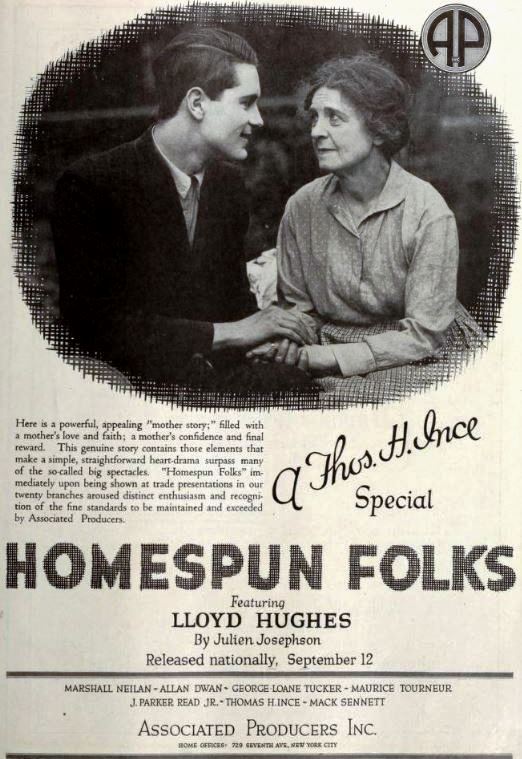He fell in October, 1918, on a day that was so quiet and still on the whole front, that the army report confined itself to the single sentence: All quiet on the Western Front.
He had fallen forward and lay on the earth as though sleeping. Turning him over one saw that he could not have suffered long; his face had an expression of calm, as though almost glad the end had come.
The last two paragraphs of All Quiet On The Western Front.
I've never reviewed All Quiet on the Western Front, even though I'd long ago seen the prior two versions. I just saw the newest, German made, production of the book, which in Germany was released under the novel's German title, Im Westen nichts Neues, which literally translates as "in the West nothing new".*
All Quiet On The Western Front has a reputation as being the greatest anti-war novel ever written. I'm sorry to say that I haven't actually read it, which I'll have to do. Indeed, the recent German made version of the novel sort of compels me to do so.
The novel was first adapted to film in 1930 in an American version, which is a great film in its own right.
It was later adopted to a television in 1979, in another version that is very well regarded. In 2022 this German version was released and shown on Netflix. My original intent was to review just that version, but you really can't. You have to review all three.
The best of the three is frankly the first one, although it does suffer from being a film that, due to cinematography, and due to pacing, hasn't aged as well as it should have. It's hard not to watch the 1930 version and not, at least at first, appreciate that you are watching an old film.
Still, this version sets the story at well, and perhaps with more than a degree of unintended irony in that the film came before the Nazis came to power in Germany in 1932, and therefore the early scene of enthusiastic school boys being eager for the war were ominous, retrospectively. It's a gritty, good protrayal.
The 1979 television version is good as well, but frankly I just couldn't quite get around Richard Thomas in the role of the main protagonist, Paul Bäumer. Lew Ayres was better in that role. For that matter, Ernest Borgnine, who almost always turned in a good performance, did in the 1979 version as well, but he's just way too old for the German NCO Stanislaus Katczinsky he portrays. For that matter, Louis Robert Wolheim really was as well, at age 50, but he carries the role off better, even though he was within a year of his own death at the time.
Anyhow, Thomas was so whiny, in a way, in The Waltons that I just can't get around that in this film, which really isn't his fault. I just can't see him going from a green, naive recruit to a hardened combat veteran.
Which takes us to the new production.
This is the first German production of the film, and it shows it. The production values in the film are absolutely excellent. the material details are superb and. . . . the plot massively departs from the novel.
And for that reason, frankly, it suffers.
This film really carries the post World War Two German guilt/excuse into a World War One work that was a novel. It doesn't, therefore, really get Remarque's warning about militarism across, so much as it portrays average Germans as victims of the Great War and future victims of the Second World War. The death of Katczinsky, which is a completely pointless combat death in the novel and first two films, is a weird murder by a French child in this version.
And the ending of this movie departs massively from the novel and looses the point of it. The protagonist dies on a quiet day, like thousands of soldiers did. In the new German version he died in a massive late war German assault at the end of the war. That's completely different.
For that matter, that's a major departure from actual history and it ties in, just a tad, to the Stabbed In the Back myth. The Germans had an ongoing revolution at home and the Frontsoldaten were collapsing. You couldn't have ordered them into an attack in late 1918 no matter how hard you tried.
So, the first version is the best. I don't think I could get through the second again, and the third version is worth watching, once.
*This review was started in October, 2022.
















